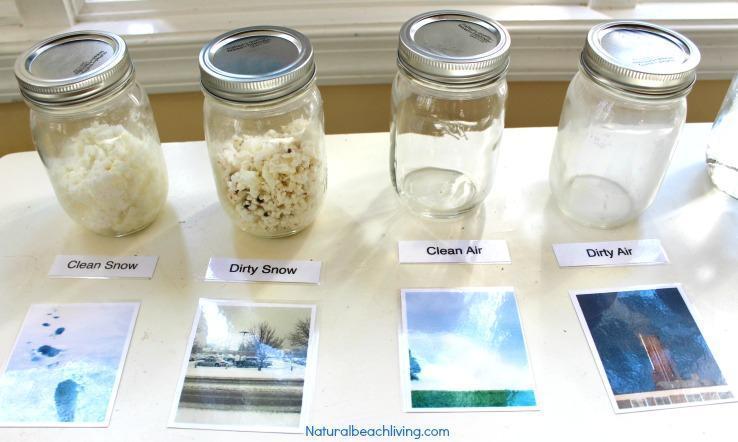How clean is our air?Examine the air around you to understand a global challenge

Ready for action?
What
The possible connections with your curriculum
Who
The people who take up the teacher role
Where
The locations where learning takes place
With
The community stakeholders to collaborate with
Short abstract
In this learning scenario, students will gain a deeper understanding of what pollution is and how the atmosphere can be polluted. They will learn where air pollution comes from, how it affects them personally, and discuss ways of reducing or eliminating it and exploring ways to decrease its impact on humans. Students will make their own pollution detectors, collecting data about the levels of pollution in the air at their school and around their local community. They will use their research to decide how they would ‘solve’ the problem of air pollution, then design and build a prototype device.
In this activity, students will write down what they already know about pollution before sharing their ideas within a small group, identifying similarities and differences between their ideas. They will share ideas as a class, addressing any misconceptions. Students will then learn what pollution is, and their ideas will be displayed.
In this activity, students will think about how pollution affects their bodies. A local expert will be invited into the classroom so the students can ask questions and hear from a professional. The expert will show them a diagram of the lungs and demonstrate what happens when we breathe in polluted air.
In this unit, students will take part in a variety of investigations in the classroom to explore the different types of pollution. A carousel of investigations, incorporating the 5 senses, will be set up for the students. This comprises an oil spill simulation to examine the potential effects on wildlife, real-world testing of biodegradability to understand pollution caused by waste, modelling pollution uptake by plants using celery, creating pollution display jars, and recording the sights and sounds the students feel are related to pollution outside such as traffic.
In this unit, students will be observing pollution over time using low tech pollution kits (O-zone badge testers). They will use the test kits in 3 different areas to observe if levels of pollution changes throughout the week. While in the local park, students will also go on a lichen hunt to learn how lichens are natural indicators of pollution.
The students will estimate local vehicle pollution by counting different types of vehicles outside school. They will then go back to the classroom to organise the data they have collected, and estimate pollution levels in each area. Students will also create pictograms to see which vehicles are the worst pollutants.
In this unit the students will calculate pollution in the local area. They will put DIY sensors out, collect data, analyse it and draw conclusions. They will then calculate pollution levels using the Hackair app. Next, they will look at trees as filters. Students will combine this with their previous data to create infographics on the number of cars vs. trees. Finally, they will calculate the number of trees needed to counteract car pollution.
In this unit, students will investigate different materials in the classroom to see how well they can be used as filters and consider how these can help with pollution. They will mix powders & separate them using common filters. Students will then examine finer filters with a microscope to understand how they work.
The students will go on a treasure hunt around the school looking for different filters that are already in place. They will then examine different face masks. A construction industry visitor will come to talk about mask wearing (safety, fumes, Covid if appropriate).
In this final unit the students will design a solution to help either reduce pollution, or help live with existing pollution without suffering as much. Firstly they will make a sketch model of their solution to test the concept. Then they will make a larger and more detailed prototype with support from experts. They will share their solutions with the school community.
Teacher feedback
Aha moments
- The students were really surprised about how much air pollution there was in the local area. They also really enjoyed collecting and seeing the pollution.
- The students really enjoyed the outdoor aspects of the learning scenario and just being outside of the classroom.
Uh oh moments
General tips
- The teacher used friends and colleagues to help her find experts (e.g. the doctor for Learning Unit 2 was a husband of a colleague).